How do you want your posterity to remember you? What kind of legacy do you want to leave? Financial and personal? Unfortunately, the average American is leaving a legacy of debt on the financial side.
A 2017 USA Today article states that Americans are dying with an average of $62K of debt. 73% of Americans had outstanding debt when they were reported as dead, according to December 2016 data provided to Credit.com by credit bureau Experian. Those consumers carried an average total balance of $61,554, including mortgage debt. Without home loans, the average balance was $12,875.
It’s easy to spend money and rack up debt, and unfortunately, that’s the legacy being left by most Americans. Their posterity isn’t being left empty-handed from a financial standpoint as well as a personal standpoint. That’s because the ultra-wealthy who are leaving their heirs with substantial financial resources are also leaving them with the tools to grow this resource. Otherwise, the family line will end up like that of the Vanderbilt’s.
At his death in 1877, Cornelius Vanderbilt was worth $100 million ($2.B in today’s dollars). By 1973, there was not a single millionaire among the bunch at a Vanderbilt family reunion – the fortune was completely squandered.
During Vanderbilt’s time, two other prominent families outside the U.S. left significant fortunes that have endured to this day. The Jardine family (who co-founded the Hong Kong-based conglomerate Jardine Matheson) and the Swire family (who founded the London-headquartered Swire Group conglomerate). Both family fortunes have endured to this day.
What is the difference between the Vanderbilt’s, Jardin’s, and Mathison’s? The Jardine’s and Matheson’s were heavily invested in commercial real estate (CRE), while Vanderbilt was not. Churchouse, Peter, How One of the Richest Dynasties in American History Lost its Fortune, businessinsider.com, (Dec 17, 2017)
The ultra-wealthy have long used CRE to create and grow multi-generational wealth. It’s the difference between leaving a legacy of debt and one of wealth and excellence. Americans have proven it’s easy to spend money and get into debt, but growing money is a different matter altogether. If you are not one of the lucky few who inherited a legacy like the Jardine’s and Matheson’s, it’s never too late to start one of your own through CRE. Why and how?
First, the why…
Why Commercial Real Estate For Building And Maintaining Multi-Generational Wealth?
Passive Income.
Passive income is the key to wealth. Unless you put your money to work for you, you will always depend on a job to pay your bills. Passive income will let you pay your bills while lying on a beach. Passive income is a wealth autopilot. Done right; it can be low maintenance.
This is why cash-flowing CRE is the preferred asset class of the wealthy. Passive income can be generated 24-7, it can be reinvested to compound wealth, and you can create multiple streams of it to grow wealth exponentially.
Hard Assets Appreciate.
Hard assets like CRE have intrinsic value beyond what the investing public is willing to pay for them. Assets like crypto and most stocks have no underlying value. Crypto has no practical uses – its value is determined solely by what people are trading them at on the open market. It’s why the value of crypto like Bitcoin can rise and fall by double-digit percentages almost every month.
Hard assets don’t experience the same volatility because they have intrinsic value, which naturally appreciates over time, independent of what the public is willing to pay for them. That’s because of the ability of hard assets to generate income. CRE’s reliability and consistency enable fortunes to be sustained.
Insulated From Market Volatility.
CRE is insulated from market volatility – immune from drastic knee-jerk reactions to trivial stimuli in the broader markets. That’s because CRE is illiquid. The masses have no power to move the needle on the price of real estate in the short term as it does on stocks and crypto.
Long-Term Benefits.
The wealthy gravitate to CRE with long lockup periods because 1) time allows the asset to mature and maximize efficiency, and 2) time allows the investor to profit from the compounding effects of reinvestment of cash flow along with underlying appreciation.
Tax Benefits.
A penny saved is a penny earned. Avoiding $1 in taxes is just as valuable as adding $1 in revenue to the bottom line. Passive CRE investments structured as partnerships offer multiple tax benefits, including deductions, depreciation, long-term capital gains treatment, avoidance of self-employment taxes, etc.
Now the How…
How To Build Multi-Generational Wealth With CRE?
Leverage.
For most investors, the learning curve and substantial capital commitment are too high a barrier to do independently. It’s very hard to generate multiple income streams on your own – at least not the type of income that will create generational wealth. There aren’t enough hours in the day.
That’s why the wealthy leverage the expertise of others, whether it’s to manage the entire gambit of the investment or just the more labor-intensive ones. Either way, leveraging expertise is the most important tool in creating multiple passive income streams.
Don’t leave your heirs a legacy of debt and failure. Do what many successful families have done – build and maintain lasting wealth with CRE.





